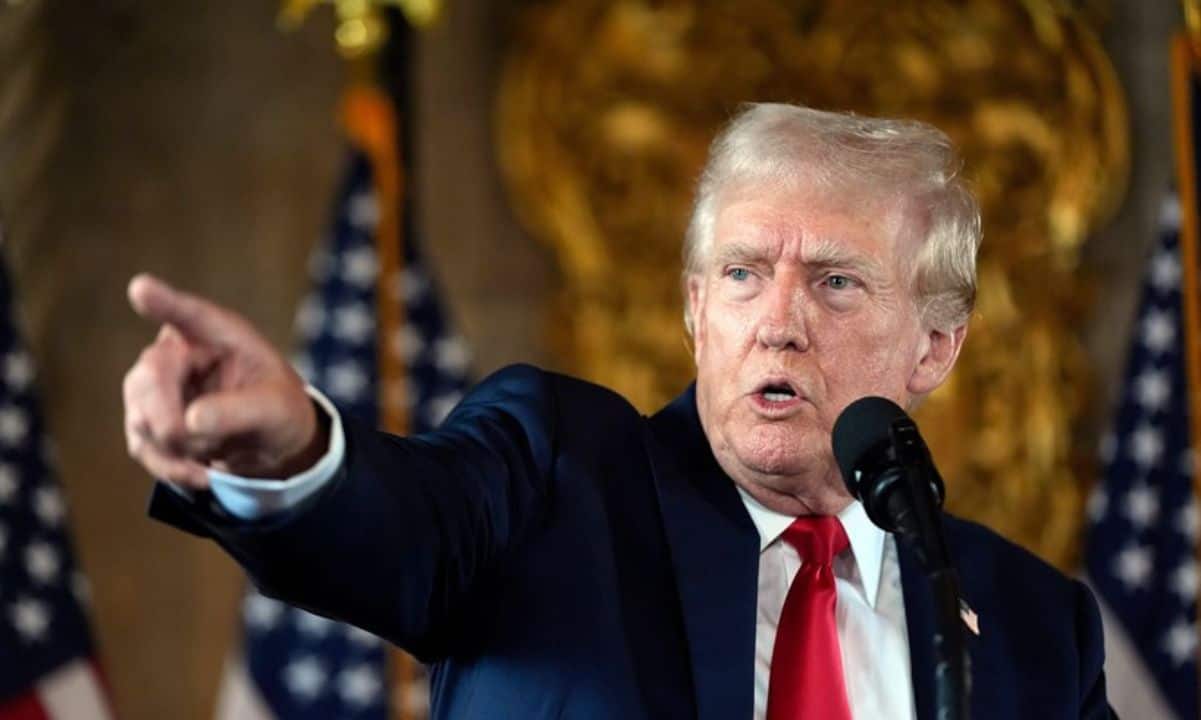
Trump's Trade Provocations Impact Bitcoin: Insights from Matt Hougan
Bitwise's CIO, Matt Hougan, analyzes the recent volatility in the crypto market following trade threats between the US and China, suggesting the market's resilience.
The recent volatility in the cryptocurrency market, partially initiated by geopolitical tension, has once again put investors on edge. However, Matt Hougan, the Chief Investment Officer at Bitwise, asserts that this incident may only represent a minor disturbance in an otherwise strong bull market.
Last week, a series of events caused a dramatic dip in cryptocurrency values, including a significant plunge in Bitcoin, but the recovery followed quickly.
Fundamental Elements Intact
The drop was spurred by Donald Trump’s threat of implementing 100% tariffs on Chinese imports, a move responding to China’s export restrictions on rare earth elements. As traditional markets were momentarily inactive, traders turned their focus to cryptocurrencies.
In this chaos, Bitcoin fell approximately 15%, while other cryptocurrencies, particularly Solana, experienced drops nearing 40%. The fallout saw nearly $20 billion liquidated across leveraged positions—the most substantial liquidation event in the history of digital currencies. As the White House softened its stance, most cryptocurrencies partially regained their value.
Hougan points out that the core question remains: was this merely a transient fluctuation or does it signal deeper vulnerabilities within the crypto ecosystem? He observes that the fundamental outlook of cryptocurrency remains unchanged, highlighting advancements in technology, security, and regulatory frameworks.
Hougan provided insight into Bitwise’s methodology for determining whether a market disruption will have lasting impacts, posing three critical questions: 1) Did any major institutions fail? 2) How did blockchain systems cope with the ordeal? 3) Did panic escalate to systemic levels? None of these red flags were observed, as no significant market players collapsed and losses primarily affected retail investors who engaged in high-leverage trading.
Platforms like Uniswap, Aave, and Hyperliquid operated without interruptions, while centralized exchanges, like Binance, had minor service interruptions and have since provided refunds on several occasions. On the whole, the cryptocurrency markets fared at least as well as conventional markets would under similar conditions.
Broader Implications
According to analysts, the outlook for Bitcoin remains encouraging. Thus far this year, Bitcoin has appreciated by 21%, and Bitwise’s Large Cap Crypto Index is up by 22%. Despite potential fluctuations in the near term, with liquidity providers and market makers potentially retreating temporarily, Hougan expects stabilization soon.
Quote: “But over time, I expect the market will catch its breath and renew its attention on crypto’s fundamentals. When that happens, I think the bull market will continue apace.”
Further research from CryptoQuant shows that Bitcoin’s MVRV ratio hovers around 2.0, indicating mid-cycle conditions as opposed to extreme valuation scenarios. This metric remains significantly below the 4.0 threshold observed during prior bull markets, while still above the 1.0 levels typical of major accumulation phases. Long-term holders appear reluctant to sell heavily, while institutional ETF inflows continue to support market stability.
Overall, the ongoing trends point toward Bitcoin consolidating within a robust mid-phase market environment rather than nearing a saturated or cyclical high.


